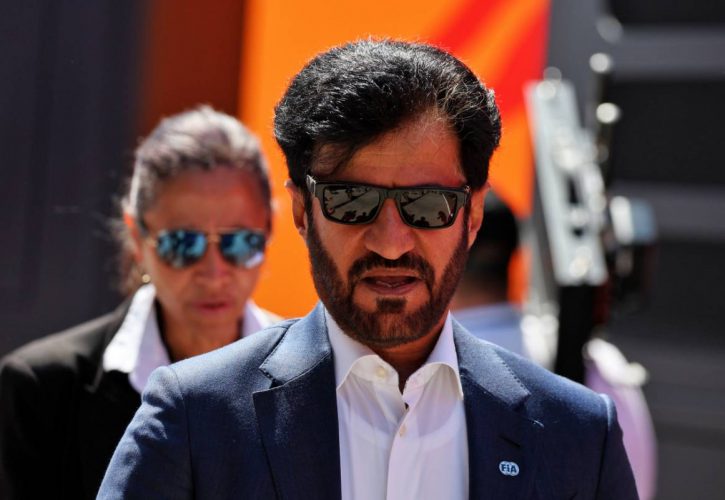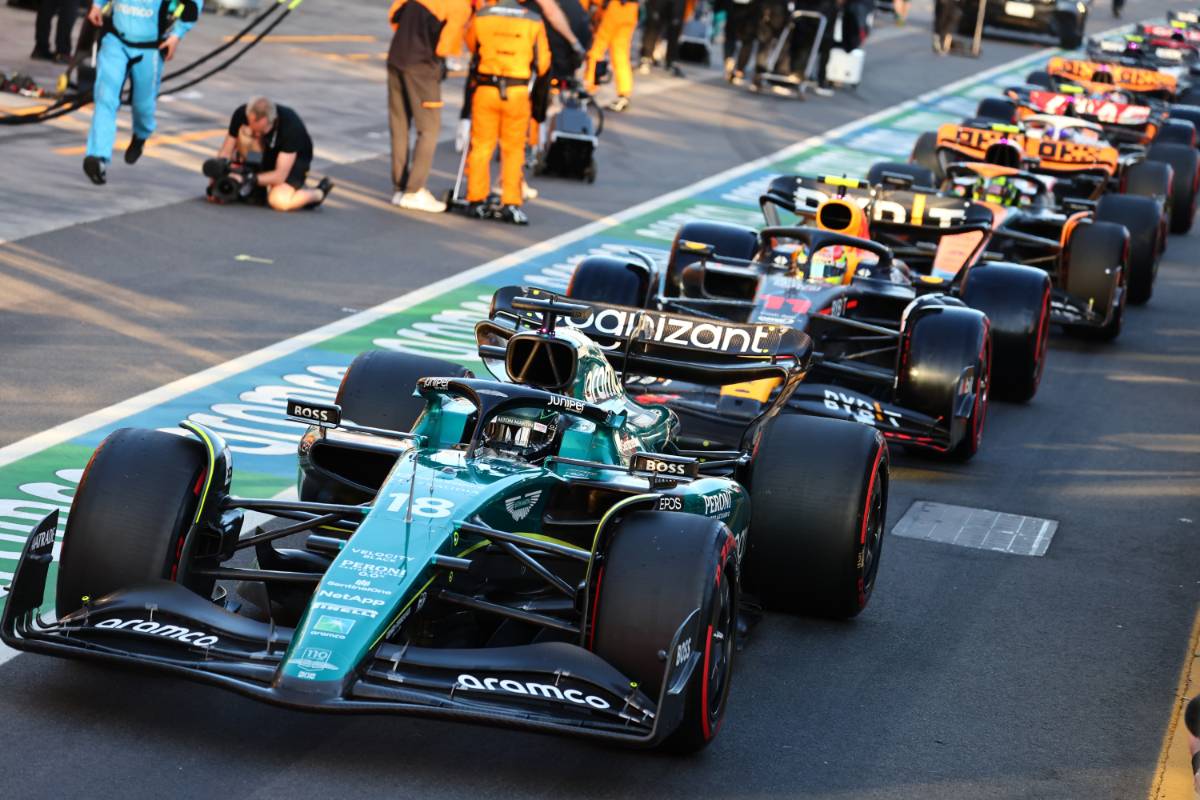
FIA president Mohammed Ben Sulayem remains resolute on reducing the weight of F1 cars from 2026 when new technical regulations come into force, because it's "the right thing for the sport".
The wholesale changes to F1's rulebook will go hand-in-hand with the introduction of a new generation of power units for which the regulations have already been agreed upon.
But discussions are still ongoing regarding the specifics of F1's future chassis and aero designs.
In 2023 the minimum weight of a Formula 1 car is 798kg, as measured with the driver onboard in a car fitted with dry-weather tyres but with no fuel.
Accounting for the latter and a fuel capacity of 110kg, drivers are dealing with a mass of at least 908kg at the start of a race.
The current lower limit is the highest it's even been in F1 and represents a massive increase over the years compared to the 600kg minimum weight that was in force twenty years ago.
Since last year and the introduction of F1's ground-effect cars, most teams have struggled to approach the minimum value. If a car is under the minimum weight limit, a team will ballast to hit the minimum weight number.

A former driver in his own right, Ben Sulayem believes that it's time to rein in the mass and size of Grand Prix cars, a move that he believes will enhance the racing in F1 and improve safety.
"I’ve driven rallies myself. Give me everything, but please no heavy car! That always bothered me," he told German website Motorsport Total. "Lighter cars are better and I know what I’m talking about.
"If the weight is heavier, the suspension is compromised, the brakes don’t work as well, the tyres wear out more quickly. And more weight is more dangerous in a crash.
"I’ve already spoken to my team at the FIA," he added. "We want lighter cars and we want a better sound [from the engines]. That’s ultimately up to the FIA.
"If Stefano [Domenicali, F1 CEO] wants that too, fine, then we agree on that point. But the FIA has to decide. We’ll implement it. Not because the FOM or a team wants it that way. It’s because it’s the right thing for the sport."
Under its future engine regulations, Formula 1 will increase its reliance on hybrid power, shifting the ratio from 20 to 50 per cent which in turn will result in heavier units.
Many F1 designers believe that the change, justified by the future engine's additional battery capacity, will provide them with a very tough challenge in terms of their efforts to reduce chassis weight.
Red Bull team boss Christian Horner has suggested that the planned ratio between combustion power and electrical power could create a "technical Frankenstein" that will require the chassis to "compensate to such a degree, with moveable aero to reduce the drag to such a level that the racing will be affected".

But Ben Sulayem believes that Horner's concerns are overblown.
"At the end of the day, that's his opinion," he said.
"I respect what Christian says, but for me, what's more important is what is good for the majority of teams and what is good for the sport as a whole.
"I talked to him in Hungary - I always listen to the opinions of the stakeholders.
"He didn't seem to care much about the percentage distribution [between electric and combustion]. Whether that's 60:40, 45:55 or 52:48. At the end of the day, it's about why we're doing this - which is because we want to reduce emissions by 80 per cent."
"Maybe we're a little too optimistic there. But we're aiming for 80 per cent, which should come from lighter cars, from the internal combustion engine, from the battery, from aerodynamics, and from less fuel.
"It all adds up to something. If we slack off on just one sub-area, we won't reach the target."
Keep up to date with all the F1 news via Facebook and Twitter






